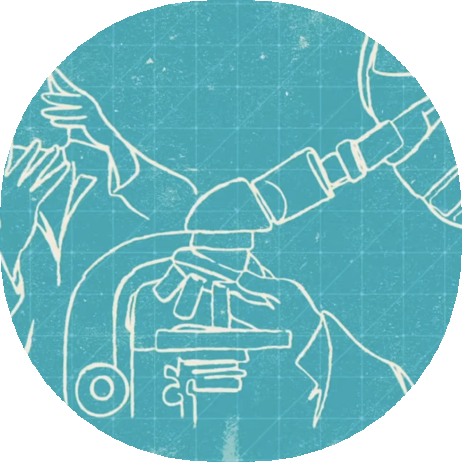Myotonic dystrophy type 1
Vertex is focused on discovering, developing and producing innovative medicines so people with serious diseases can lead better lives. Our scientists don’t see the impossible as an obstacle; they see it as a good place to start.

Vertex is focused on discovering, developing and producing innovative medicines so people with serious diseases can lead better lives. Our scientists don’t see the impossible as an obstacle; they see it as a good place to start.
About myotonic dystrophy type 1
What is myotonic dystrophy type 1? Myotonic dystrophy type 1 (DM1) is a debilitating, multisystemic, genetic disease inherited in an autosomal dominant manner that presents with a spectrum of disease severity. DM1 affects skeletal muscle, the heart, lungs and several other body systems. Muscle weakness, muscle wasting and myotonia (sustained muscle contraction and difficulty relaxing muscles) are the hallmark features of the disease. DM1 is life-shortening with a median survival of 55 years of age in adult DM1 patients. Respiratory failure and cardiac abnormalities, consequences of the impact to muscle cells, are the leading causes of early death in these patients. DM1 is the most prevalent muscular dystrophy in adults with ~110K people living with the disease in the U.S. and Europe. There are currently no approved treatments for the disease.
How is DM1 diagnosed? Patients are typically diagnosed based on medical history, a physical exam and family history and confirmed through genetic testing. The most severe DM1 patients are diagnosed as newborns, with physically observable symptoms including hypotonia (low muscle tone), difficulty breathing, trouble swallowing and decreased movements. This is known as congenital DM1, which means the disease was present at birth. For people who experience their first symptom in childhood, adolescence or adulthood, common signs of DM1 may include a certain facial appearance (such as a long, thin face, frontal balding and ptosis or drooping eyelids), myotonia or early-onset cataracts.
Since the DM1 genetic mutation and symptoms typically get more severe with each generation, it is common for multiple family members to get diagnosed after a younger relative receives a diagnosis.
What is the underlying cause of disease? DM1 is caused by an expanded trinucleotide repeat sequence in one allele of the DM1 protein kinase (DMPK) gene, which is then transcribed into an RNA with a toxic CUG repeat. Greater repeat length is associated with earlier onset of illness, more severe symptoms and shorter lifespan. The CUG repeat RNA forms "hairpins" that sequester multiple proteins involved in splicing, including muscleblind-like protein 1 (MBNL1). Splicing is an important part of the cellular process required to generate functional proteins. Sequestration of MBNL1 results in mis-splicing, which in turn leads to the abnormal production of proteins. Muscle is particularly affected as the proteins impacted by mis-splicing are important for aspects of normal muscle function, including contraction, relaxation and maintenance of muscle mass.
The Vertex approach
We’re focused on researching and discovering potential medicines aimed at treating the underlying cause of DM1. VX-670, in-licensed from Entrada Therapeutics in February 2023, is an investigational phosphorodiamidate morpholino oligonucleotide (PMO) connected to a cyclic peptide (known as an Endosomal Escape Vehicle) containing motif to promote effective delivery into cells and transfer to the nucleus where the CUG repeat is located. The VX-670 oligonucleotide engages the CUG repeat RNA and liberates bound splicing factors (i.e., MBNL1). Through this mechanism, VX-670 aims to correct mis-splicing, and is being investigated to address the underlying cause of disease. Whereas delivery into muscle has proven challenging for oligonucleotides, VX-670 has the potential to overcome these challenges given its unique design.
Pipeline
These programs are investigating treatments or outcomes that have not received approval from a health authority. The information presented is not intended to convey conclusions of safety or efficacy. There is no guarantee that the outcome of these studies will result in approval by a health authority.

